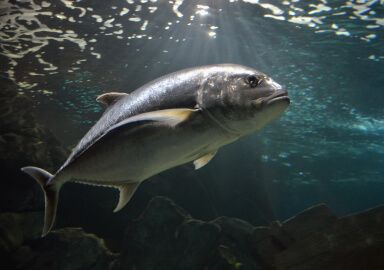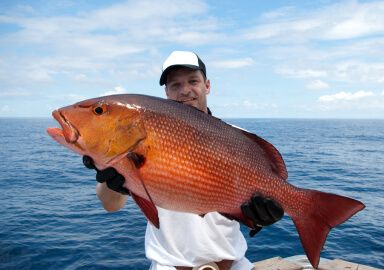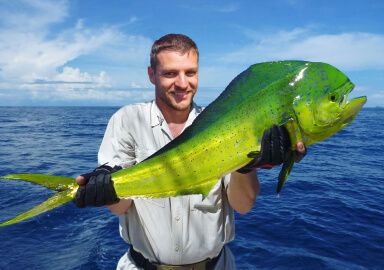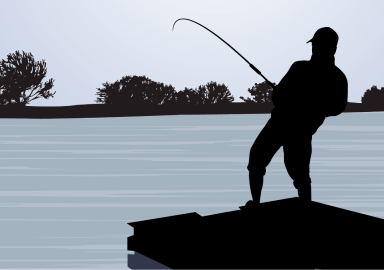Heavy Tackle
Heavy tackle stands for specialized fishing equipment designed to catch the biggest saltwater giants such as tuna, sharks, and swordfish.
View 275 listings
275
listings
–
price starting from
41
countries
226
fish species
–
to the nearest trip
About Heavy Tackle
A snow-white boat glides effortlessly over deep blue ocean; no land is in sight except maybe a Pirates of the Caribbean coral island in the distance; the sun shines brightly over well-tanned bodies of the anglers and the crew. A cold drink is served, but the intense focus of everyone is on the tips of the enormous rods… Lo! A strike - some fish has taken the bait trolled long behind the boat. Soon a huge marlin breaks the surface, in all its long-billed, blue-finned glory, trying to shake off the hook…
If this describes your dream fishing adventure, you’re going to need heavy tackle, fishing equipment that exists for one purpose alone: the pursuit of the biggest game fish in the world. When you’re dealing with a 500-lb deep sea monster, not just any old pole would do! Heavy tackle rods are specially designed trolling rods built of extra strong composite material, with roller guides for the line. The handle may be straight or have a twist for more convenient insertion into a rod holder.
The reels will hold over a thousand meters of the line, and come with a choice of two gears, high and low, for quick retrieve of the line, or for extra torque to fight the monster fish that you’ve hooked. The line itself is a high-tech combination, starting with a Decron braided base layer, that is used when the fish makes a run for it and increases the distance from the boat. The base is continued into a strong monofilament line, some 100 to 200 meters of it, to which the bait of choice is secured. 50-lb test is believed to be the minimum qualifying strength for heavy tackle, with at least 80-lb test and up to 130-lb test recommended for the biggest fish.
Heavy tackle rods are usually too heavy to be held in the angler’s hands; they are usually secured in rod holders until the fish strikes. Only after the strike the angler grabs the rod and begins to fight the fish. The rod is often secured to the angler’s body with the help of a special harness. It is not fixed permanently, however - the harnesses are so designed that an exceptionally strong pull or jerk by the fish, so strong that the angler can’t hold the rod in his or her hands, will disengage it - it’s better to lose the rod than to be jerked overboard with a risk of drowning!
Heavy tackle is seldom owned by anglers, and there’s little use to invest in this expensive technology unless you’re dead serious about big game fishing - or own an ocean-class fishing boat. The size and other characteristics of heavy tackle rods must match not only the intended prey, but also the boat you are fishing from. Normally, they are provided by the captain of the fishing charter and their use is included in the price of the fishing trip.








